The American pressed fiber helmet was used since the 1930s and continues to see use on the shooting range in the USMC to this day. However, its exact origins have been largely forgotten. However, further study and research to the subject reveals that its origins could go back to the late 1920s when the United States was involved in protecting American interests in Haiti.
Apparently too this most American of helmet patterns could actually be based on one of the most British of patterns as well. How this helmet came to be could begin back in 1915 when the USMC began its 20 year reorganization and training of the military of Haiti.
This involvement in the Caribbean island officially began on July 28, 1915 when 330 U.S. Marines landed at Port-au-Prince under the authority of U.S. President Woodrow Wilson to safeguard the interest of U.S. corporations. Under the guidance of the Marines the Gendarmerie of Haiti – or the Haitian Constabulary – was formed as a collaborationist gendarmerie. From 1916 until 1928 it was Haiti’s only military force.
In 1928 the Haitian Constabulary was reorganized as the Garde d’Haiti – and it would go on to form the nucleus of what would eventually evolve into the modern Haitian Army. For the next half decade it would be trained and led by USMC officers. The USMC arrived in Haiti wearing campaign hats, but soon its officers were outfitted in locally obtained khaki sun helmets.
What is unique about this is that the helmets were not actually made in Haiti but were of British origin; these being British-made helmets for export under the “Equator Brand.” Numerous hat makers in Britain exported these to the Caribbean and Latin America under this brand throughout the first half of the 20th century.
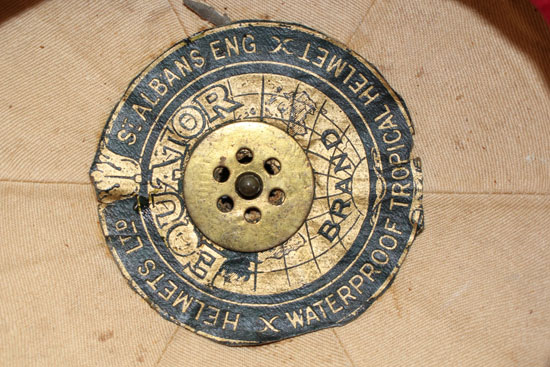
The interior of one of the helmet used by the USMC in Haiti. These were all apparently purchased locally and sold under the “Equator Brand” (Collection of the Author)
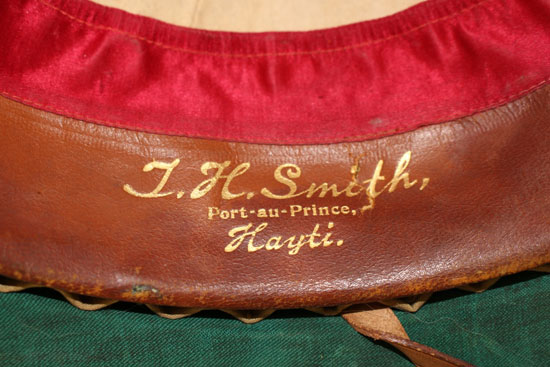
The interior label shows that the helmet was sold in Port-au-Prince in Haiti (Collection of the Author)
These helmets seemed to be a popular choice with the USMC officers as these helmets were rather “smart” looking while providing protection from the sun.
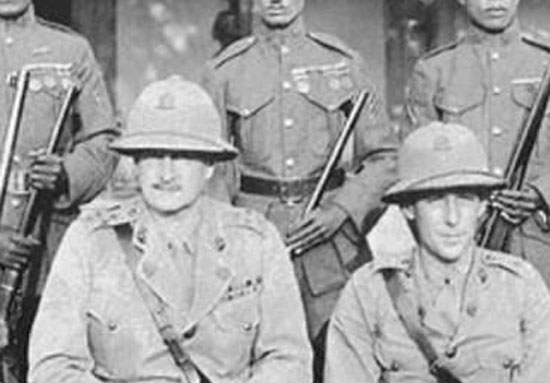
Close up of the two officers – showing that they are both wearing British Standard Pattern sun helmets. With their khaki tunics, Sam Browne belts and sun helmets it would be easy to mistake these officers as British rather than American!
The particular pattern was known in British regulations as the “Standard Pattern” and it was designed in the late 19th century and became somewhat popular with British officers in foreign stations in the interwar era as an alternative to the Wolseley or the Indian made patterns. Unlike private purchase helmets from India including the Cawnpore and Bombay Bowler, which were actually made of sola pith, the Standard Pattern was a cork helmet and thus a bit heavier and sturdier.
Apparently the USMC liked what it saw in the pattern, but opted for a more affordable option as these helmets may have cost as much as $15 a piece at the time – a rather hefty sum for a military on a slim budget. The shape of the helmet was liked so much that it apparently inspired the design of the subsequent pressed fiber helmet – and possibly explains why the ubiquitous fiber helmet featured that faux puggaree wrapping around the base. A side-by-side comparison shows that clearly the pressed fiber design was based on the Standard Pattern in shape and style. This would allow the pressed fiber helmets to be worn side-by-side with the more expensive officer versions.

A side-by-side comparison of the Standard Pattern used by the USMC and the later USMC pressed fiber helmet. Note that the even the two top vent holes line up, and that the pressed fiber helmet features a faux puggaree and ventilator cap (Collection of the Author)
The Hawley Products Company – later the maker of the early M1 helmet liners – and the International Hat Company would go on to make hundreds of thousands of these fiber helmets and all of it is likely owed to that military intervention in Haiti. This also shows that in both the 19th and 20th century the American military looked back to the British when it came to developing a helmet to offer protection from the sun.
A special thank you is owed to Owen Conner, curator of Uniforms and Heraldry at the National Museum of the Marine Corps. Our friend Owen was extremely helpful in providing photographs and information about this particular helmet pattern.

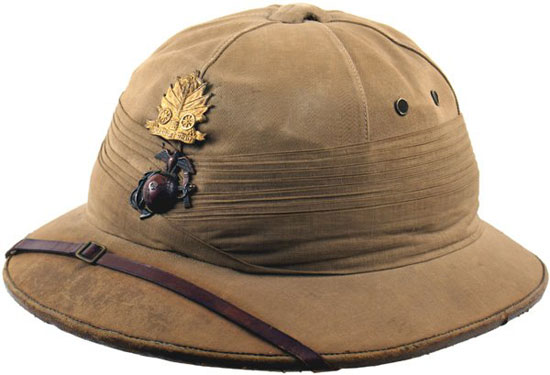
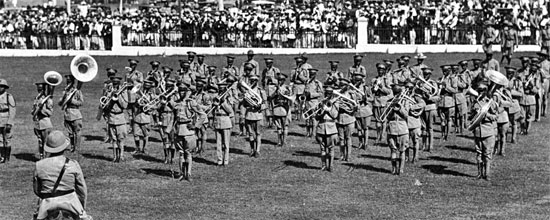
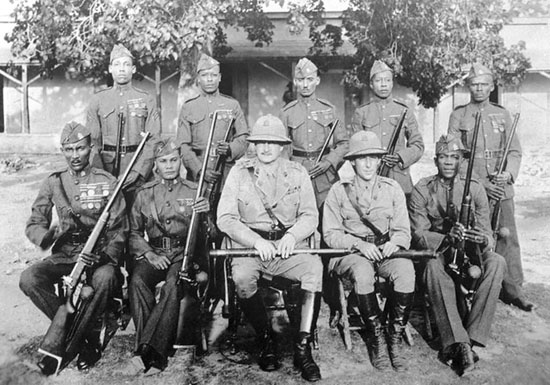
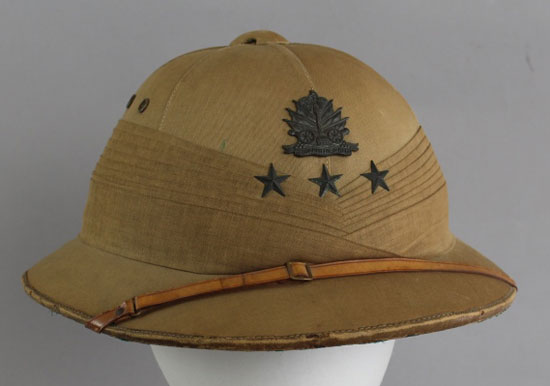
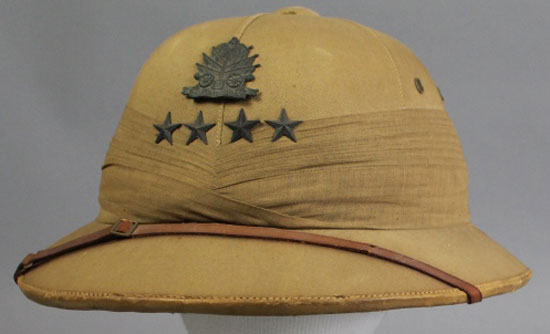
To whom it may concern,
I love this article. I am doing a research which is somewhat related. It is about a fiction story which takes place in Haiti around 1932. Therefore this article caught my attention. The story is about two Marines who meat again after so many years but who don’t get along very well. One is very sloppy and the other is very particular in being neat and in strict uniform (outside of other differences, such as being a bad guy versus a good guy, of course) .
My question for you is if the pictures you are using are copyrighted. If not, I’d like to use some in an article on our website that would promote the book.
Thank you for your consideration.